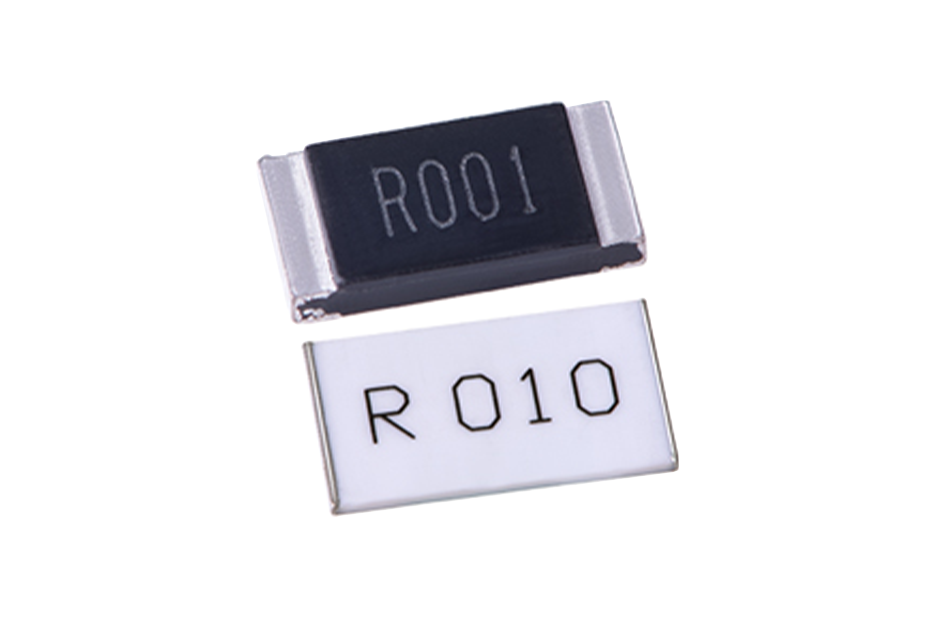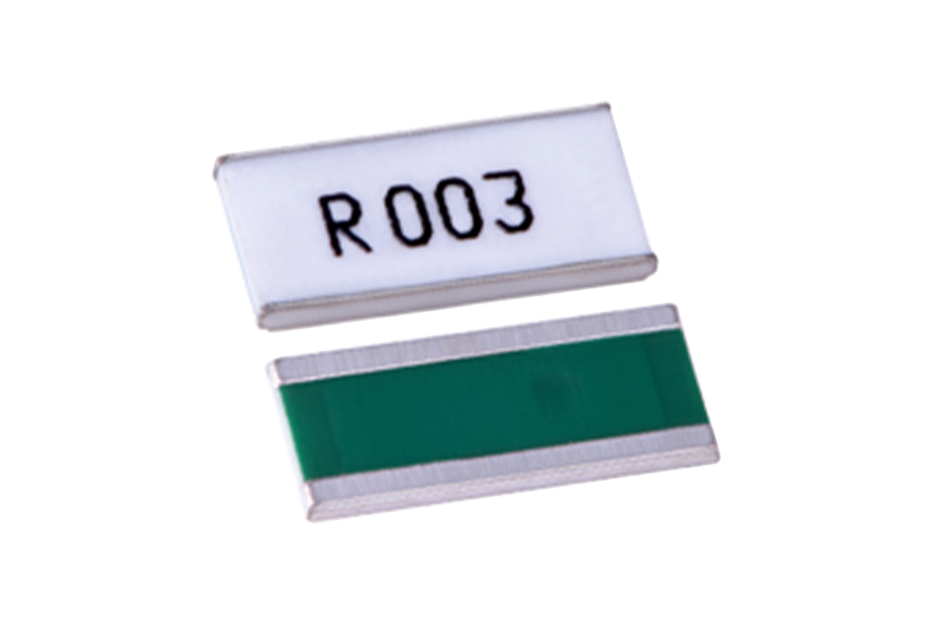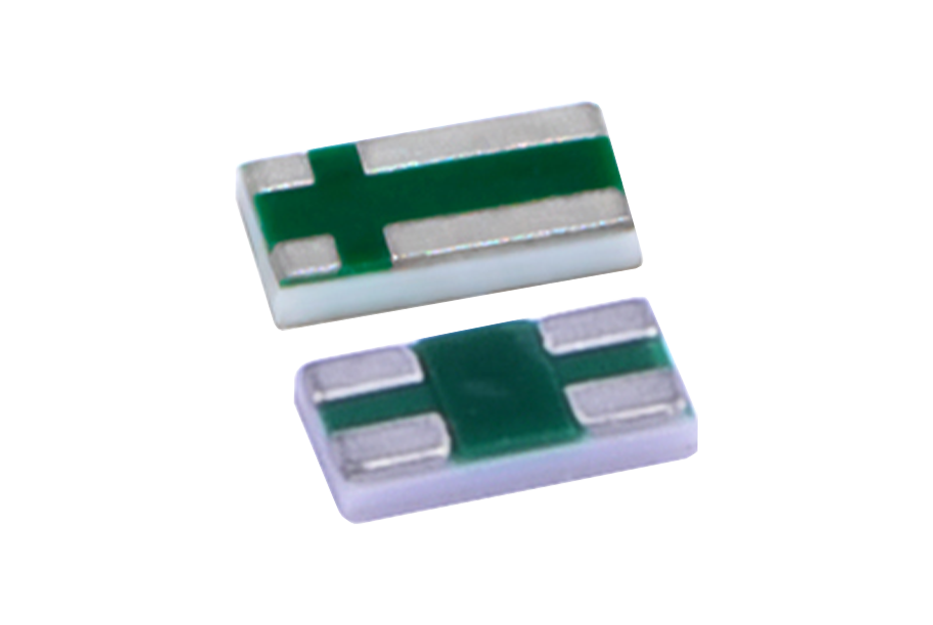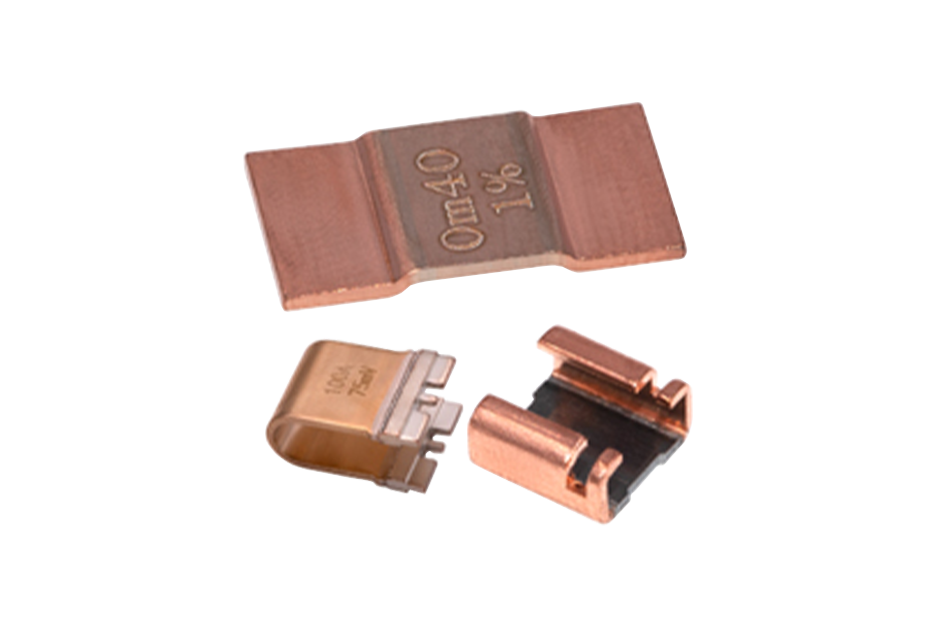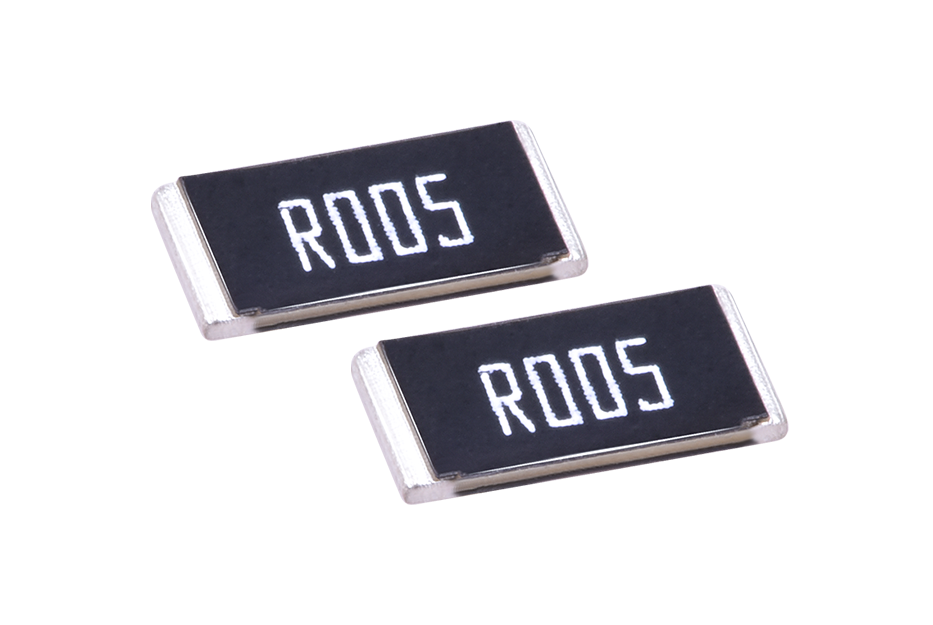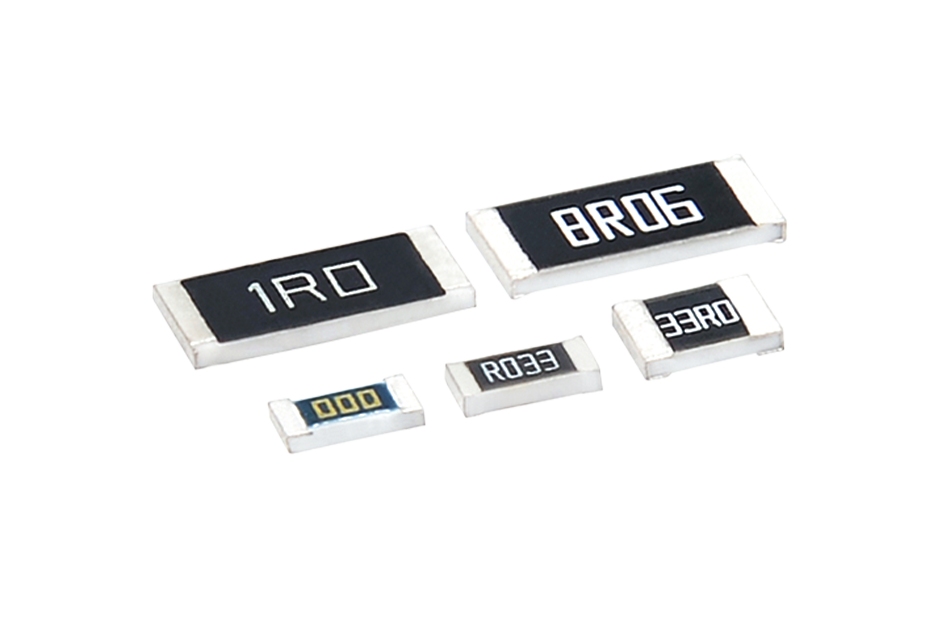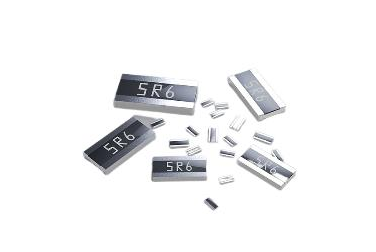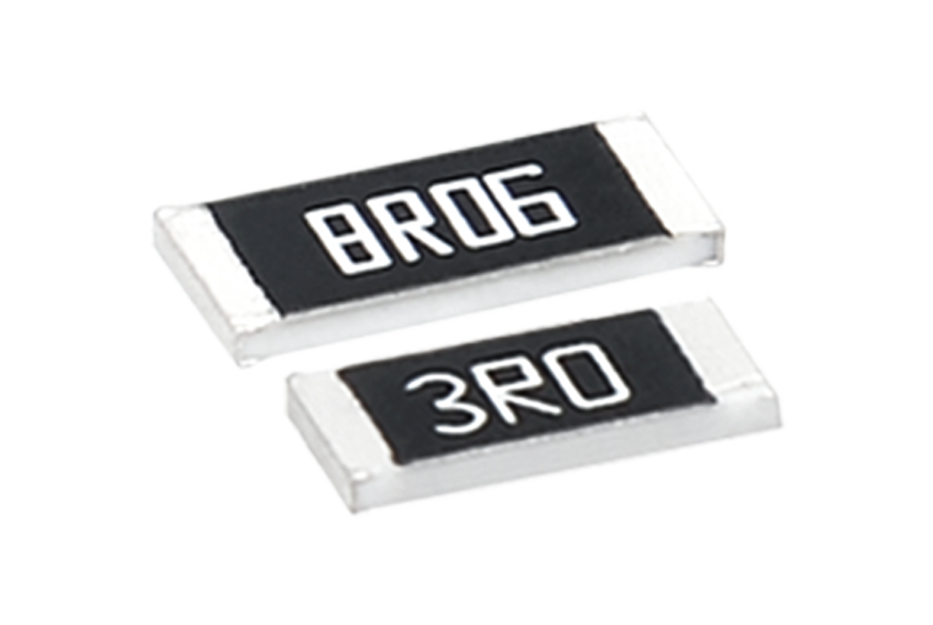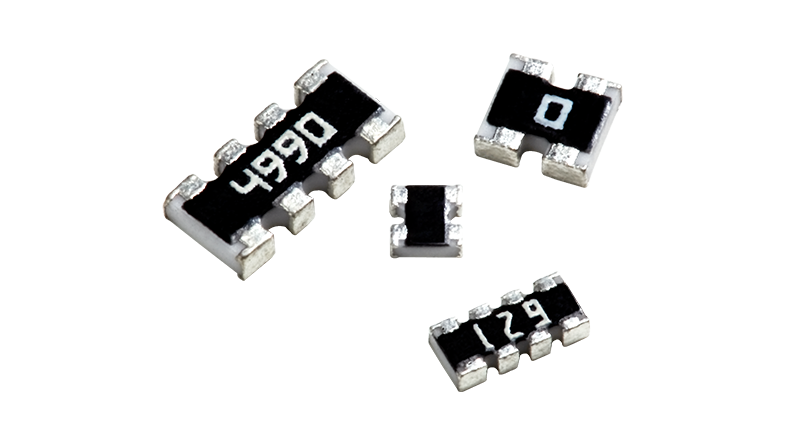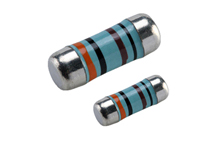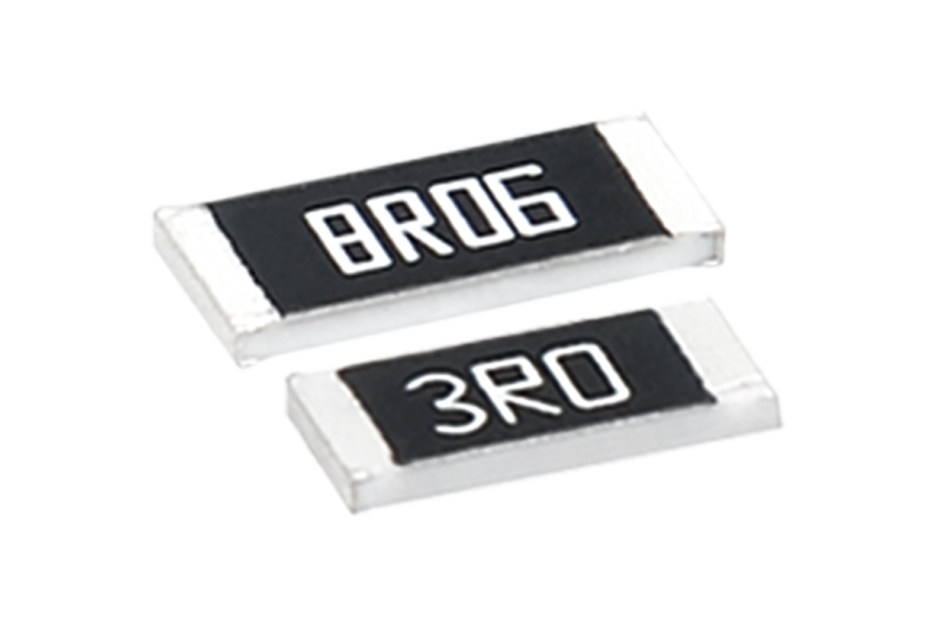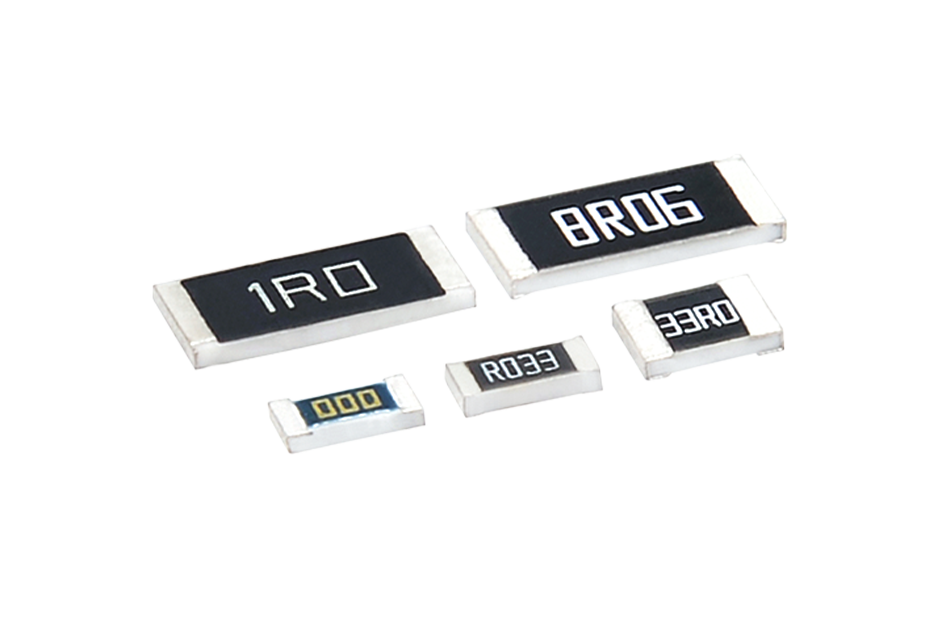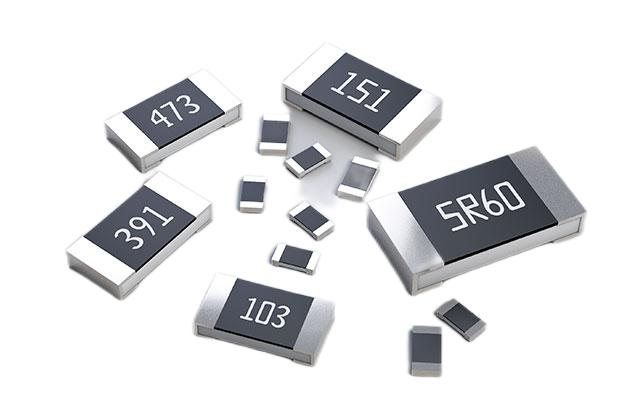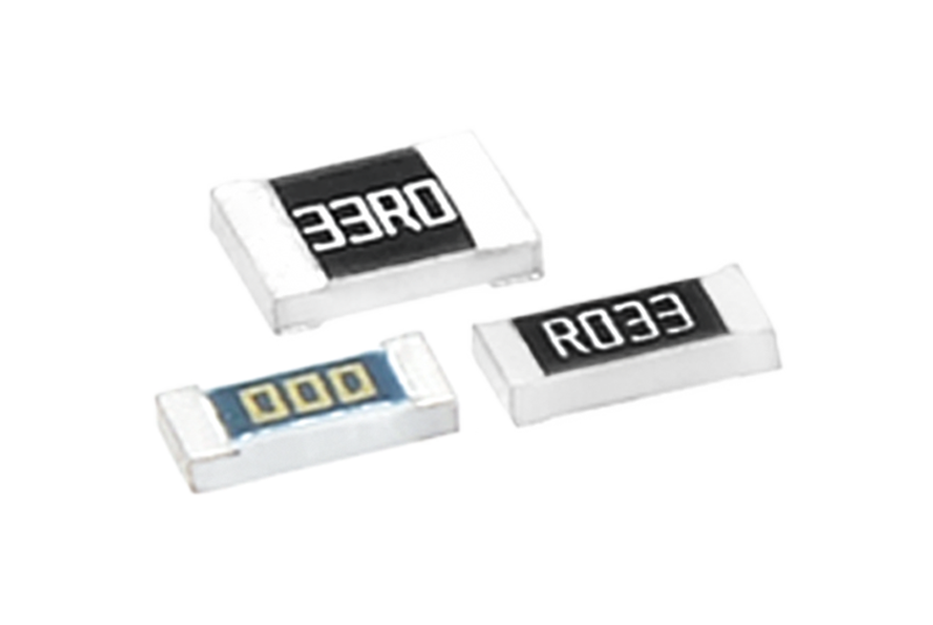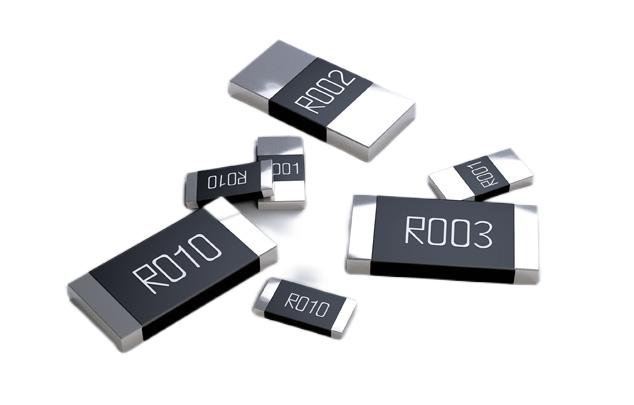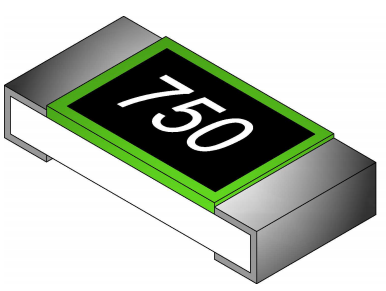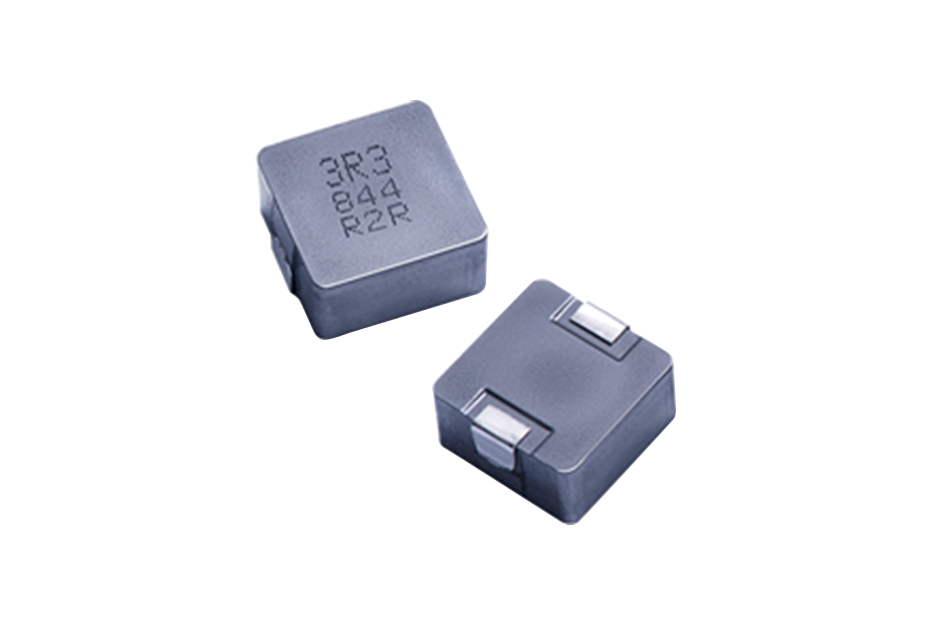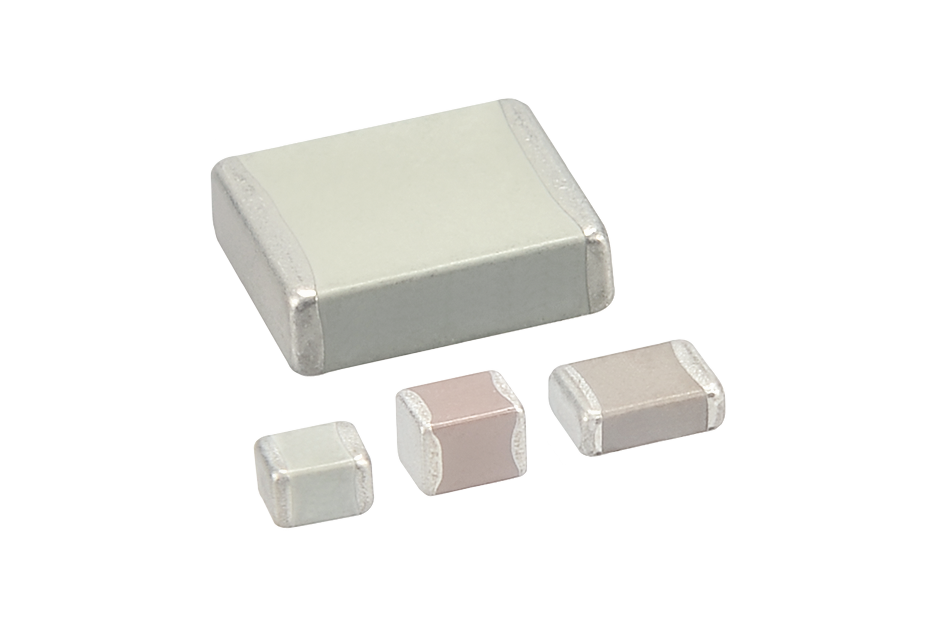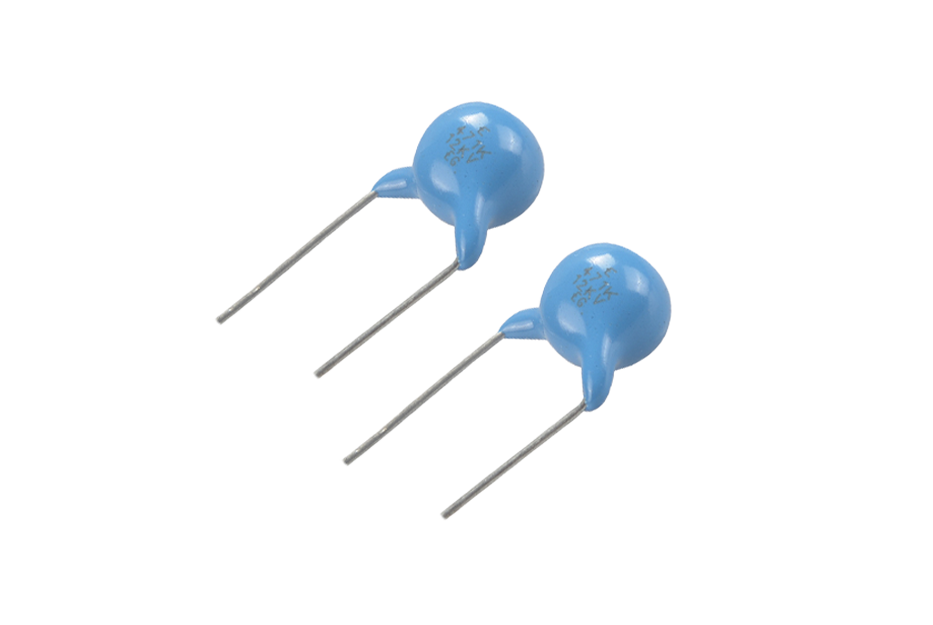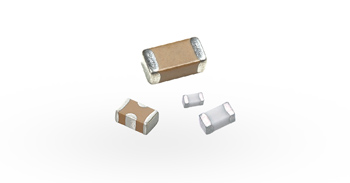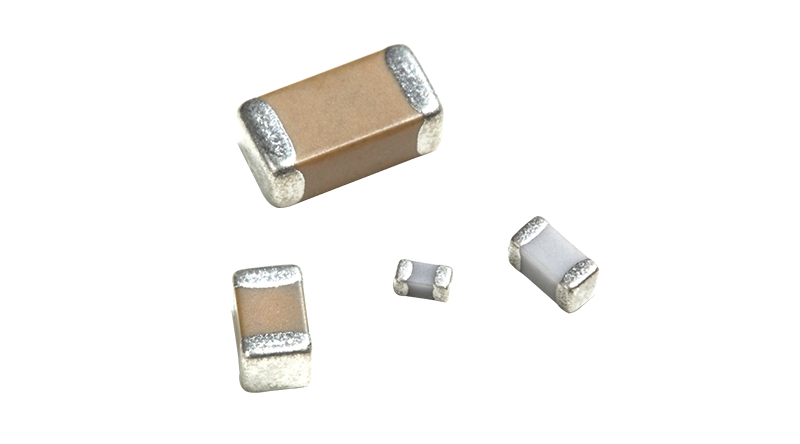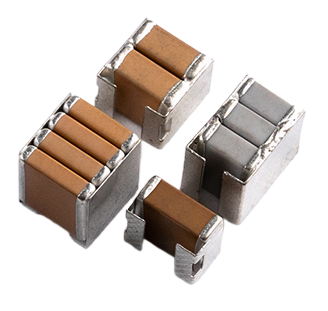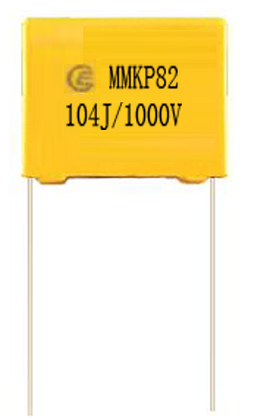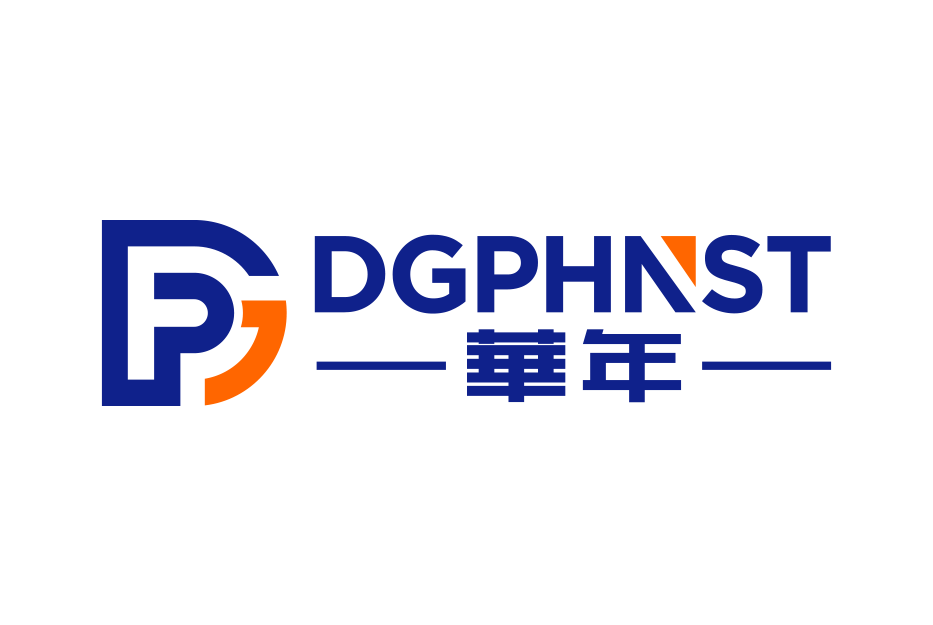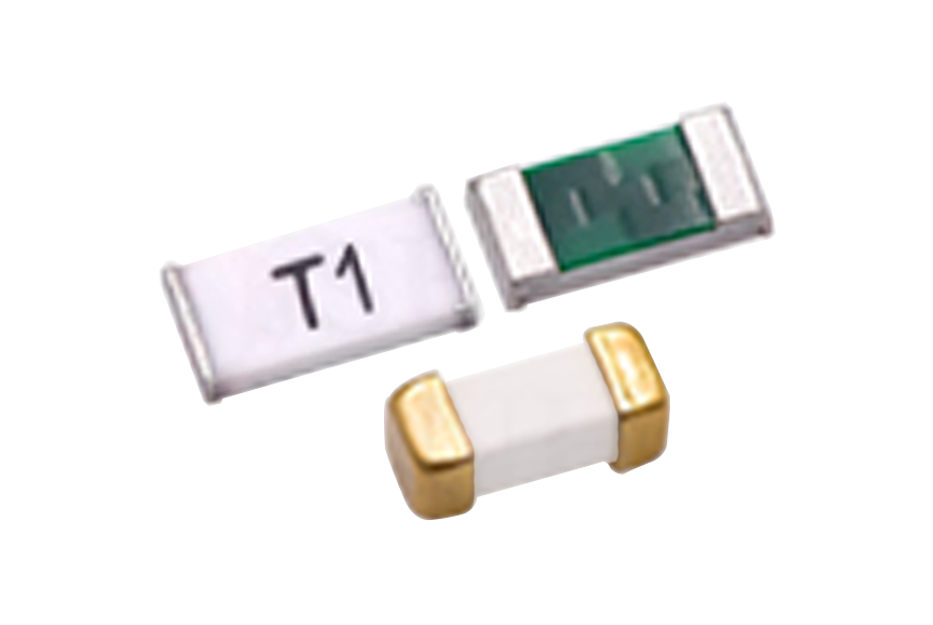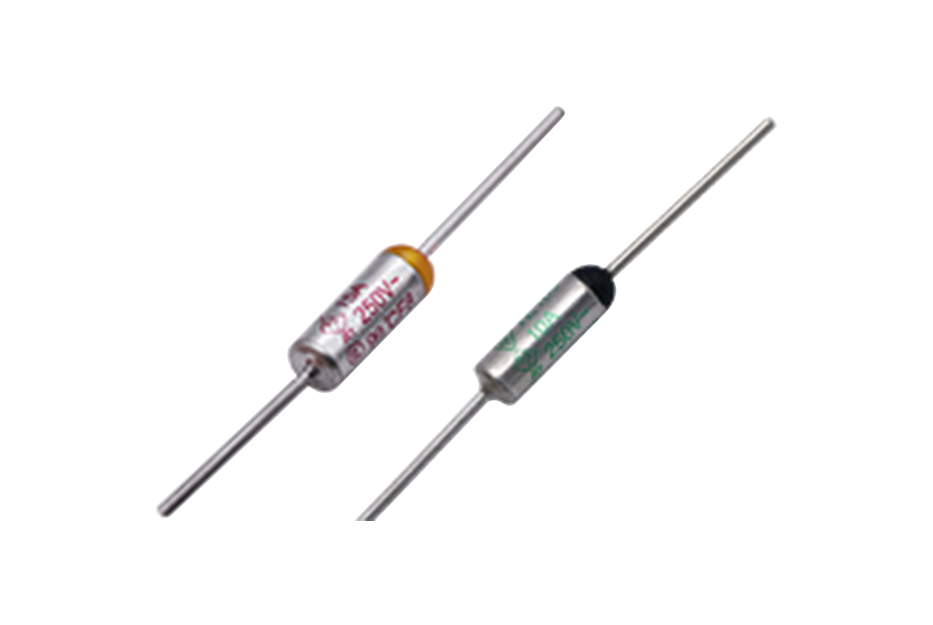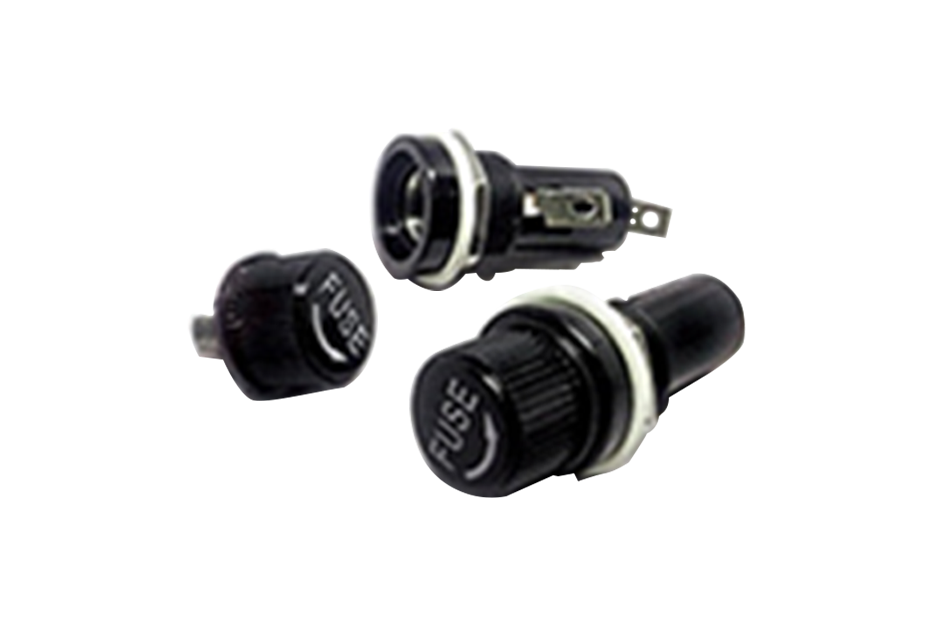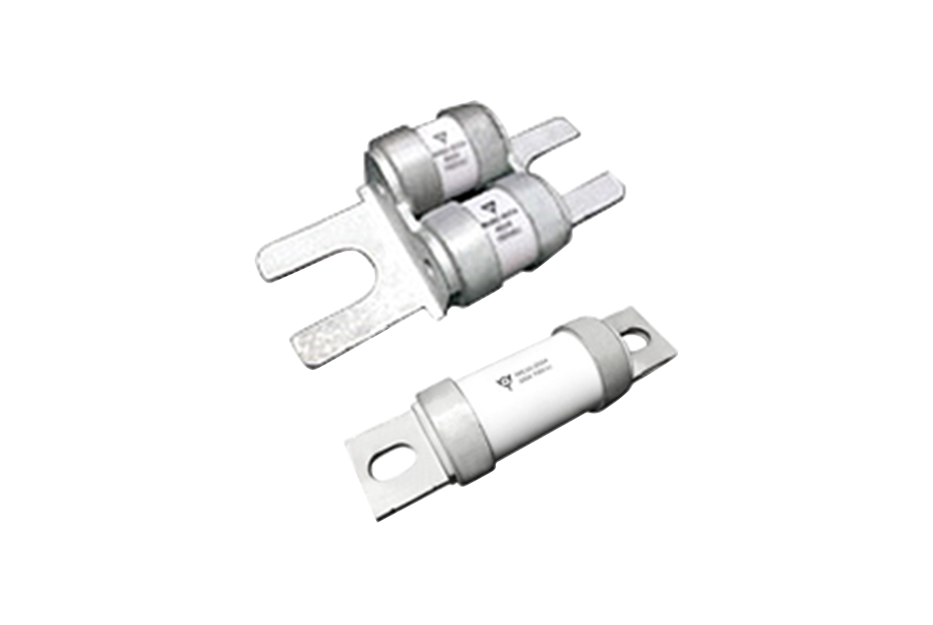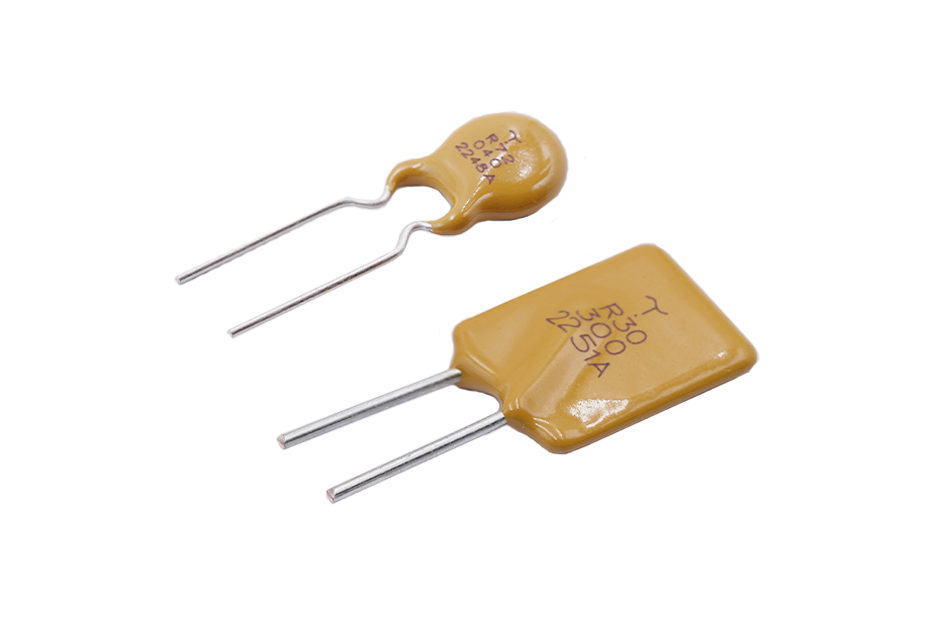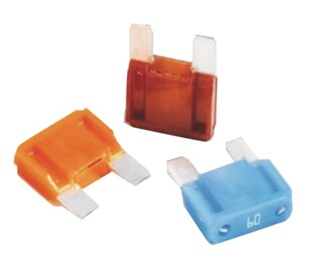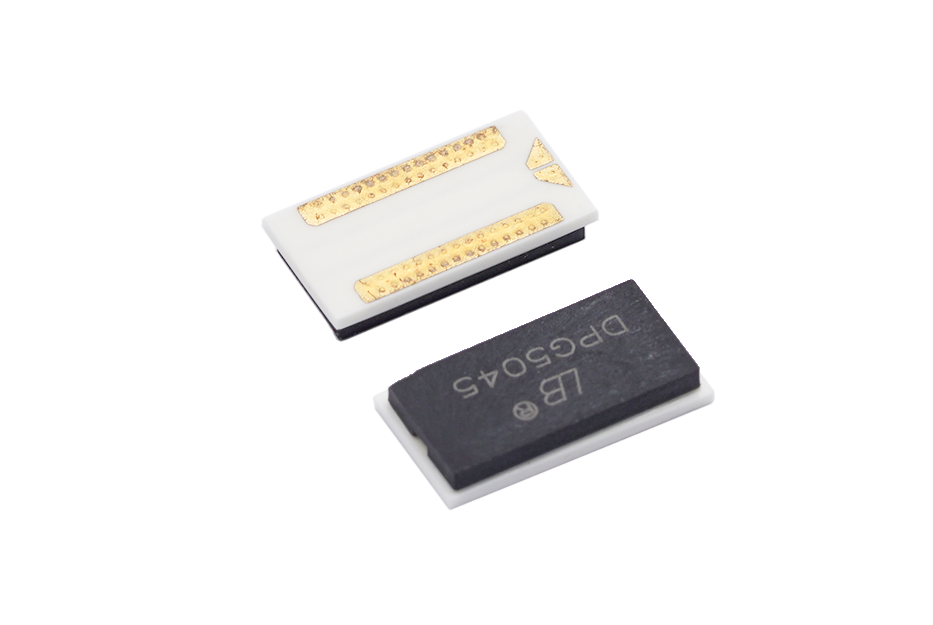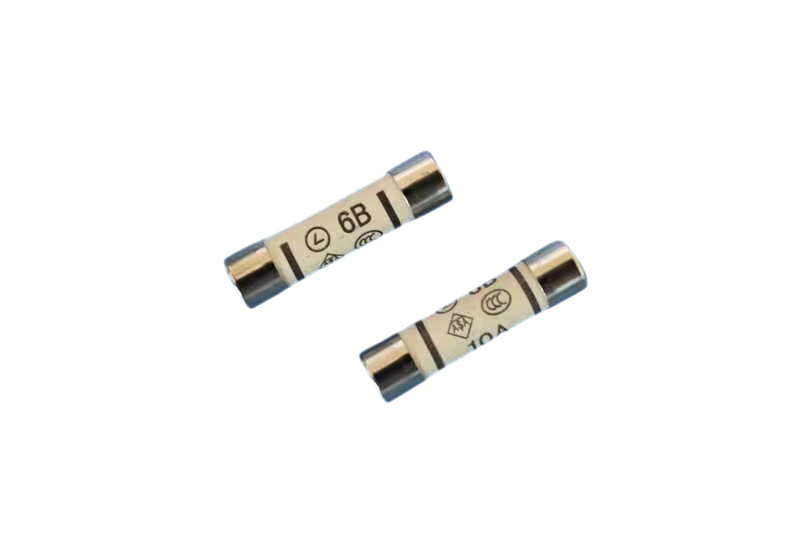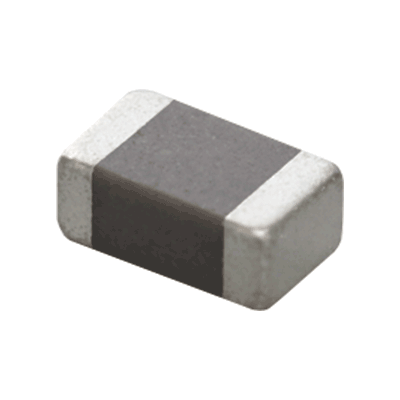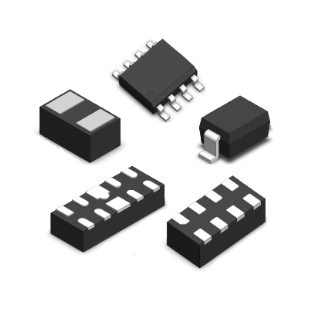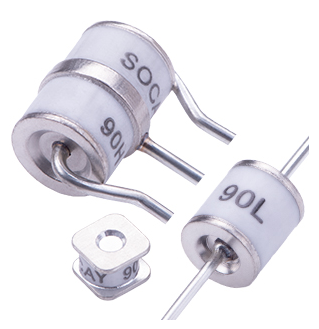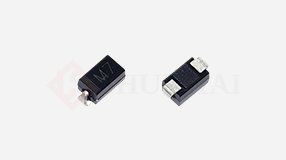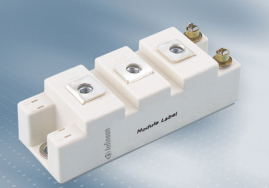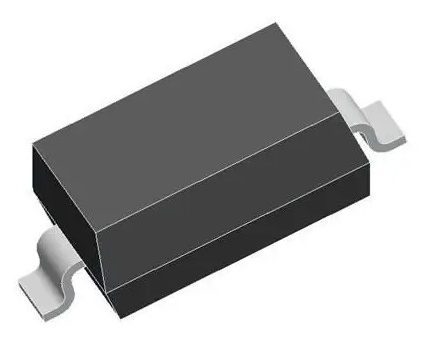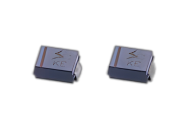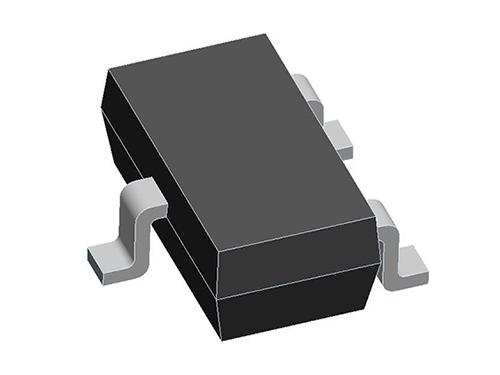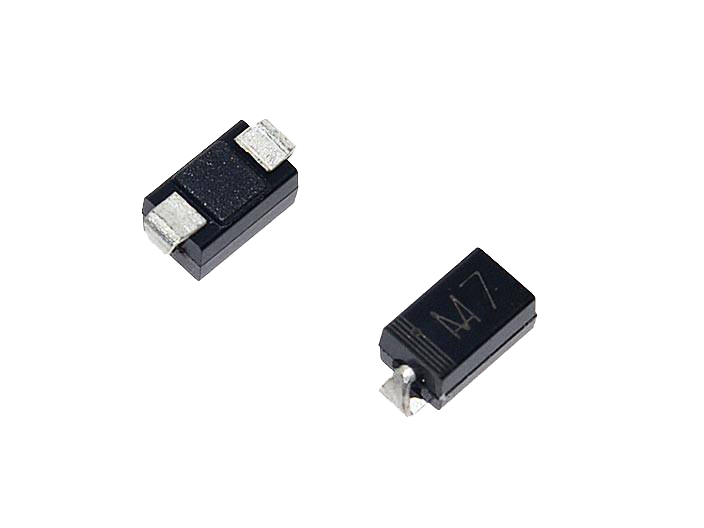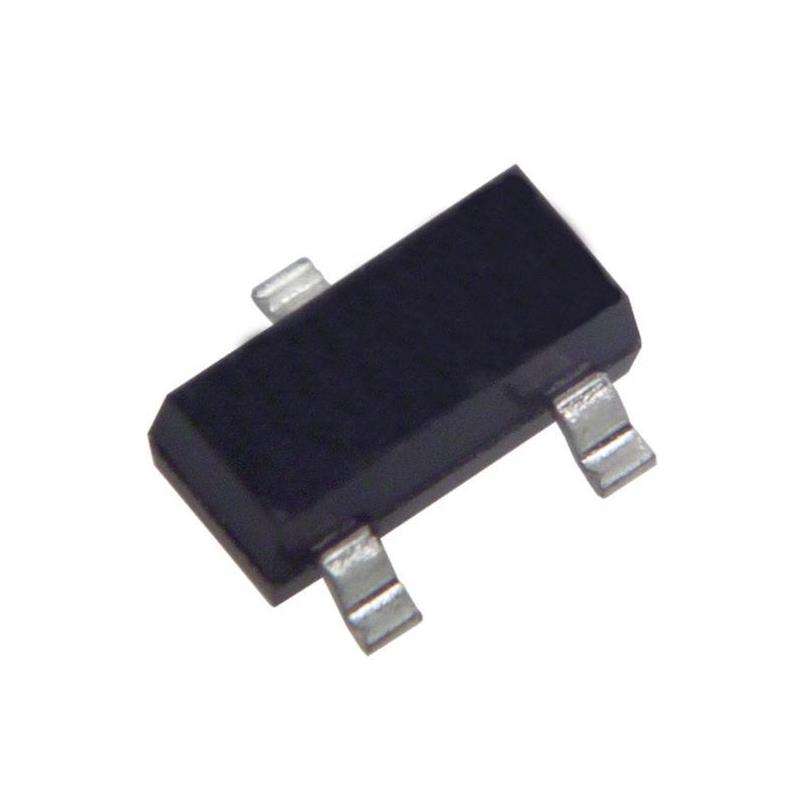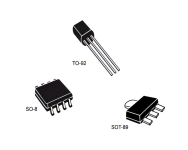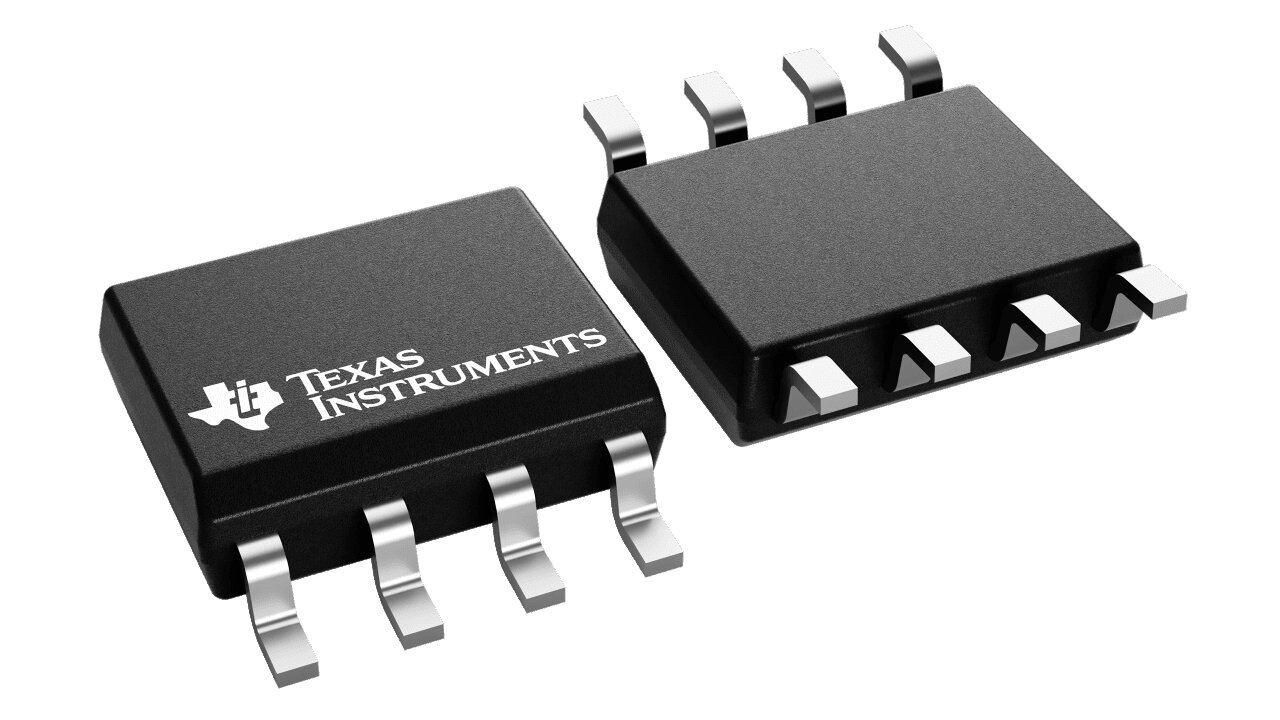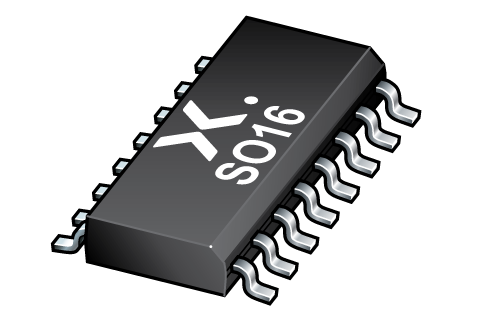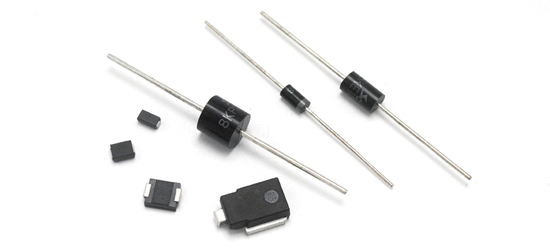Nowadays, SSD capacity is getting larger and larger, and enterprise level SSD capacity has reached 30TB, 60TB, and even 120TB.
However, the lifespan of SSDs has always been a fatal flaw, as larger capacity disks lose more data when they fail.
Recently, Huawei unveiled the secret of Huawei's full flash distributed storage to make SSDs longer lasting.
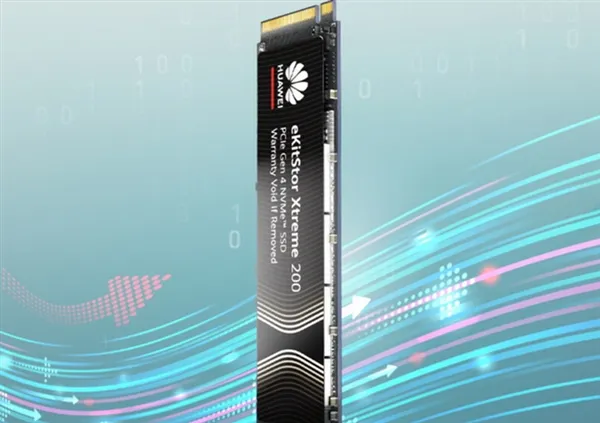
SSD flash memory is actually composed of semiconductor components and NAND Flash particles. By continuously erasing and writing particles on the disk, data can be added, deleted, modified, and checked.
During this process, the ability of particles to capture electrons will gradually weaken. When it weakens to a certain extent, exceeding the maximum number of particle erasures, there may be "electron escape" phenomena, such as hard disk write through, data errors, and lifespan depletion.
The total number of erasures supported by all particles on the disk and the amount of data written by the user during use. As long as the latter is smaller than the former, it can ensure worry free lifespan!
The following formula is clear at a glance:

So, to extend the lifespan of SSDs, it is necessary to reduce write amplification.
To reduce the denominator, it is necessary to reduce the culprit - "write amplification".
The meaning of writing amplification is, for example, when writing 16KB of business data, it appears on the disk but becomes a physical data volume of 64KB written, which is amplified and consumes several times the number of erasures, accelerating particle aging.
The source of "write amplification" comes from the following three points:
1. Backend garbage collection
SSD cannot overwrite writes, and to modify data, it is necessary to erase particles and rewrite them. Block is the smallest unit of erasure. When a small amount of data is modified, the SSD will read all valid data from the original Block, write it to a new Block location, and then erase the original Block.
This process, like tidying up a room, involves first moving out all the things in the old room and then rearranging them in the new room. In other words, a small amount of data updates can trigger larger areas of particle erasure.
2. Small I/O completion
The minimum unit for SSD read-write is Page (usually 512 bytes).
When writing data at the user level, when the I/O size written by the user is less than one page capacity, in order to manage it, it is necessary to find another piece of data to piece together the original data into a whole page size, and then write it into the granularity.
"This is not enough, others can be used to make up for it." The invalid data used to make up for it will cause write amplification.
3. Metadata changes
On SSDs, metadata is an index that describes data and is generally tightly stored in some Block areas.
When users frequently modify data, each corresponding metadata must also be modified and redirected, resulting in multiple reads, writes, and erasures, causing a ripple effect.
Huawei OceanStor Pacific's distributed storage adopts an innovative mechanism - small I/O aggregation, which aggregates small I/O in battery safe memory before writing to the disk. Only when a certain granularity is reached, it is written to the SSD, eliminating write amplification caused by small I/O completion.
This is also very friendly to metadata changes. The aggregated small I/O is easier to be centrally modified, greatly reducing the probability of metadata being frequently rewritten.
At the same time, Huawei also adopts the industry's unique multi stream technology, which intelligently identifies the degree of heat and cold of data and optimizes data layout, reducing unnecessary repeated erasures and data movement.
In addition to the denominator, the numerator should also be increased.
Huawei adopts additional encoding error correction technology to continuously verify or correct data after reaching the nominal number of erasures of particles, completely avoiding data errors and business errors, and indirectly increasing the total number of erasures of particles.
Huawei has developed a more powerful combination of LDPC algorithm and SmartFSP 3.0 algorithm. On the one hand, it monitors Flash media to find more accurate read potentials, and on the other hand, it ensures high-performance verification and error correction performance, providing more accurate intra disk redundancy error correction accuracy.
When one is corrected and the other is checked accurately, Huawei reduces the bit error rate of SSD data from 10-17 to 10-18, a whole order of magnitude, extending the lifespan of SSDs by 30-50%.
In February of this year, Huawei launched the Kunling eKitStor Xtreme series high-performance M.2 flash drives, also known as solid-state drives, at the data storage Spring Festival product launch event.
According to Huawei's official website, the series has been launched and detailed configurations and prices have been publicly disclosed.
The Huawei eKitStor Xtreme M.2 flash memory comes in four specifications: 512GB, 1TB, 2TB, and 4TB, with prices of 608.4 yuan, 967.2 yuan, 1887.6 yuan, and 3793.4 yuan, respectively.
The eKitStor Xtreme 200 adopts PCIe Gen 4x4 transmission interface, NVMe 2.0 protocol, supports host memory buffer (HMB) technology, and is expected to adopt DRAM less external caching solution.
The maximum sequential read and write rate is 7400/6700MB/s, and the maximum random read and write rate is 1100K/1000K IOPS.
Different capacity versions may have slight differences in performance, but overall they remain at the leading level in the industry.
In terms of power consumption, the maximum effective power for reading is 5W, the maximum effective power for writing is 4.8W, and the idle power consumption is 20mW.
In terms of durability, the Huawei Kunling eKitStor Xtreme 200 promises an average time between failures (MTBF) of 1.5 million hours and provides a 5-year warranty service, demonstrating Huawei's confidence in product quality. The total number of bytes written (TBW) ranges from 550TB in the 512GB version to 4400TB in the 4TB version.
In addition, the solid-state drive also features a deep recovery mode for user data, providing an additional layer of protection for user data security.
The official claims to have three major algorithms that enhance performance by 15%, lifespan by 10%, and reliability by 30%.
需要注意的是,该系列产品并不独立销售单品,而是专门面向分销市场,按箱售卖,一箱900条。
另外,华为这款固态盘还是全国产打造,自家主控配合长江存储颗粒。

